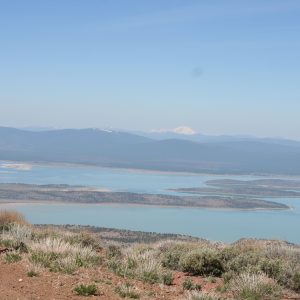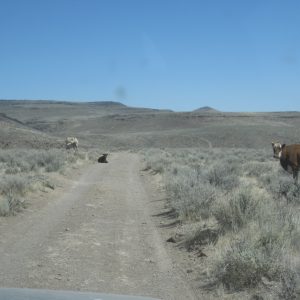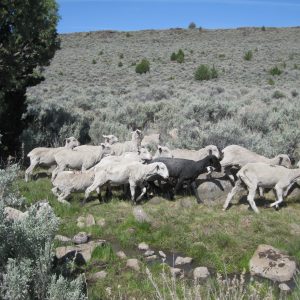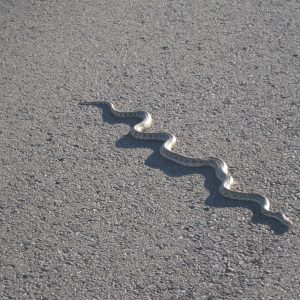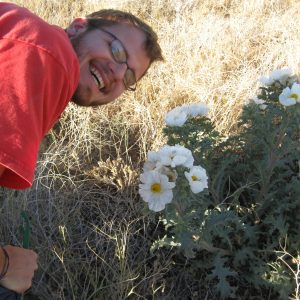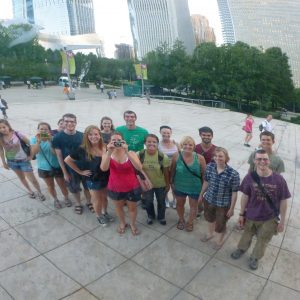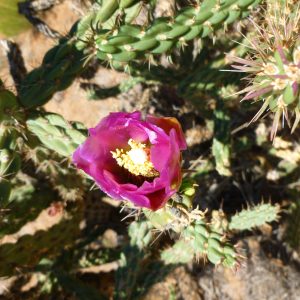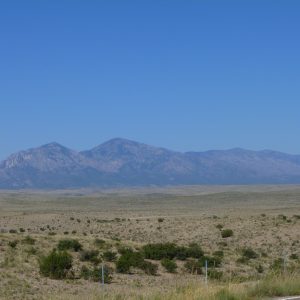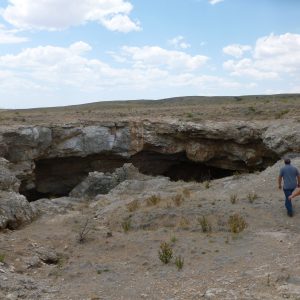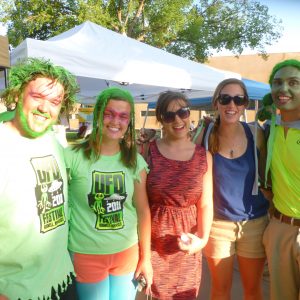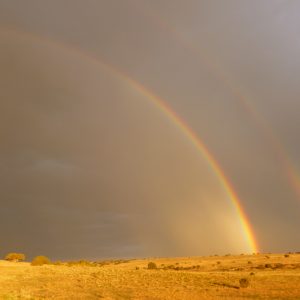My first month in Susanville, California has truly been an eye-opening experience. Originally from northwest Indiana, the vast, open spaces and beautiful landscapes of the west are awe-inspiring. I never thought of the desert as an attractive place, but I’ve developed an appreciation for it in the short time I’ve been here and can’t believe how much life there is in the harsh environment. Even though most of the plants that I am working with are extremely unfamiliar to me since this is my first time out west, I have learned many of the plants already and am slowly acquainting myself with the intimidating Jepson manual.
I couldn’t be more pleased with the project that another Susanville CLM intern, Andrew, and I were given to work on throughout the duration of our internship. We are ground truthing special status plant species in the 1.3 million acre Eagle Lake field office. I was extremely overwhelmed with the incredible size of the task at first, convinced that we wouldn’t even be able to make a dent in the data and get things organized. Since then, I’ve finally managed to become familiar with our field office and wrap my head around the project, making it a fun challenge rather than a daunting chore.
The first few weeks of the internship were primarily spent indoors as Andrew and I attempted to compile all the data available to us from previous botanists in our field office. It was a rather frustrating experience because we kept finding new data each day which altered our organization scheme. We definitely learned a valuable lesson about metadata and good record keeping. Making sure that the data we collect this summer is clear and easy for future interns and botanists to find and comprehend is one of our main goals.
Although the office work was tedious and frustrating at times, it was very necessary and worth it in the end. Not only are we saving time finding and monitoring plants in the field, but I was also able to learn the basics of ArcMap and the handheld GPS unit. The number of things that the program can do is mind boggling and I’m looking forward to becoming more proficient with ArcMap in order to manipulate the data and accomplish things more efficiently.
After a many long hours in the office sifting through file cabinets and computer files, we were extremely antsy to get outside. We finally felt confident with the data collection and were ready to give this monitoring thing a shot, so we headed out in the field. The area in Nevada in which we were working was a few hours away from our field offices, so we decided to camp there in order to save time as well as gasoline. This was one of the most remote places I’ve ever been in my life and probably the smallest I’ve ever felt. I was surrounded by sage brush country and lava rock for as far as I could see in every direction. It was refreshing to get outside and explore the field office, and the week was extremely successful. We were searching for a few rare plant species in particular, including Pentstemon sudans (Susanville penstemon), Illamna bakeri (Baker’s globe mallow), and Astragalus pulsiferae var. suksdorfii (Suksdorf’s Milk-Vetch) and found several populations. I’m looking forward to all the treasure hunts this summer holds!




